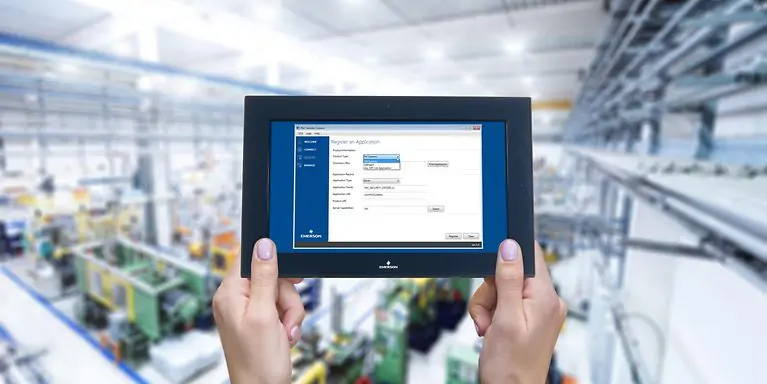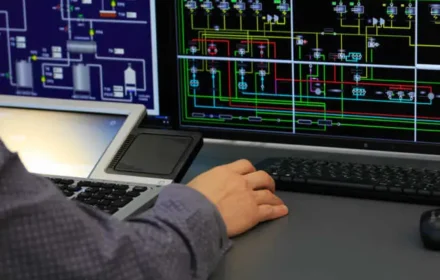Mastering Precision Time Protocol for Industrial Automation Systems
Precision Time Protocol revolutionizes industrial automation timing. This technology delivers microsecond accuracy across control systems. Modern factories demand precise synchronization for optimal performance.
Understanding PTP Fundamentals in Industrial Networks
Precision Time Protocol creates unified timing across devices. It surpasses traditional NTP methods significantly. PTP achieves sub-microsecond synchronization accuracy. This precision is vital for sequential event recording. It also enhances fault diagnosis capabilities. According to IEEE 1588 standards, PTP enables deterministic timing. Industrial automation systems benefit greatly from this technology.
Selecting Compatible ControlLogix Hardware Components
Proper hardware selection ensures successful PTP implementation. ControlLogix 5580 controllers provide native support. The L8E series offers embedded Ethernet ports. These ports directly support IEEE 1588 PTP requirements. Cisco Stratix switches manage PTP traffic effectively. They serve as boundary or transparent clocks. Choosing appropriate hardware simplifies deployment. It also guarantees reliable time synchronization.
Configuring Master Clock for Optimal Performance
Establishing a stable Master Clock is crucial. This device becomes the primary time reference. High-end Stratix switches often serve this role. ControlLogix L8E controllers can also function as masters. Configuration involves several key steps:
- Access the controller’s web interface
- Enable PTP on the Ethernet port
- Set the appropriate PTP domain number
- Verify clock stability and accuracy
Implementing Slave Clock Synchronization
Slave devices synchronize to the Master Clock. All ControlLogix controllers become slaves in this configuration. Enable PTP on each device’s Ethernet port. Ensure consistent domain settings across the network. The system automatically calculates timing adjustments. This process maintains synchronization throughout the factory automation network.
Optimizing Network Infrastructure for PTP
Network quality directly impacts PTP performance. Low jitter and stable latency are essential. Use industrial-grade Ethernet cabling throughout. Implement Quality of Service policies properly. Configure Stratix switches for minimal packet delay. These measures ensure sub-microsecond accuracy. They also enhance overall system reliability.
Integrating PTP with Distributed Control Systems
PTP extends beyond PLC networks into DCS environments. Precise timing enables seamless data correlation. It supports accurate root cause analysis. Synchronized systems improve operational visibility. They also enhance regulatory compliance reporting. World of PLC experts note that unified timing transforms system integration.
Industry Applications and Real-World Benefits
PTP delivers significant advantages in multiple scenarios. High-speed packaging lines benefit greatly. Manufacturing processes require precise coordination. Multiple ControlLogix PLCs need accurate timing. PTP ensures perfect sequence of event recording. This technology reduces downtime substantially. It also improves product quality consistently.
Future Trends in Industrial Time Synchronization
PTP is becoming an industry standard requirement. Modern control systems demand greater precision. Older synchronization methods face limitations. New technologies continue to emerge. According to industry reports, the time-sensitive networking market will grow significantly. Companies must invest in proper training. This ensures successful long-term implementation.
Practical Implementation Guidance
Successful PTP deployment requires careful planning. Start with comprehensive network assessment. Select appropriate hardware components. Configure master and slave devices properly. Test synchronization accuracy thoroughly. For professional assistance with ControlLogix PTP implementation, consider World of PLC’s industrial automation solutions and expert consulting services.
Frequently Asked Questions
What are the main differences between PTP and NTP in industrial settings?
PTP provides microsecond accuracy while NTP offers millisecond precision. Industrial automation typically requires PTP’s higher accuracy for proper sequence of events recording and system synchronization.
How does network infrastructure affect PTP performance?
Network quality significantly impacts timing accuracy. Proper switch configuration, quality cabling, and traffic management are essential. These factors minimize jitter and ensure stable synchronization across all devices.
Can older ControlLogix controllers support PTP synchronization?
Most older controllers require hardware upgrades or additional modules. The ControlLogix 5580 series with L8E processors provide native PTP support, making them ideal for precise time synchronization applications.
| Model | Title | Link |
|---|---|---|
| 1756-L71 | Allen Bradley ControlLogix Logix PAC | Learn More |
| 1756-L71S | Allen Bradley GuardLogix Controller | Learn More |
| 1756-L84E | Allen Bradley ControlLogix High Speed PAC | Learn More |








